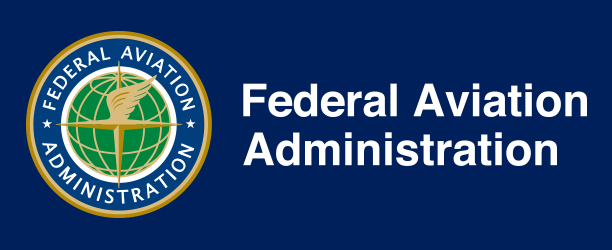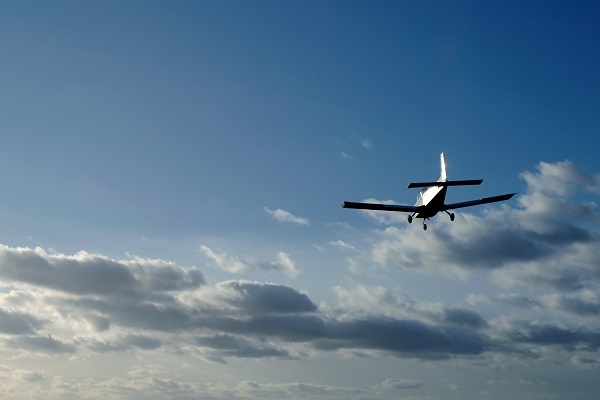  |
The Federal Aviation Administration (FAA)
and the general aviation (GA) community’s national #FlySafe campaign helps
educate GA pilots about safety, including Loss of Control (LOC), PowerPlant
Failure, and Controlled Flight into Terrain (CFIT).
Stay safe! This series will show you how you can
incorporate safety into every flight.
Safety in the Cockpit
There are many things that can affect aircraft
performance: weight, atmospheric conditions, runway environment and the forces
acting on an aircraft.
Your Aircraft Flight Manual/Pilot’s Operating
Handbook (AFM/POH) contains the operating data for that aircraft. This data,
which covers takeoff, climb, range, endurance, descent, and landing is critical
for a safe and efficient operation. Some information is available directly,
while other performance parameters must be derived through calculations.
You can learn quite a bit about your aircraft –
and its capabilities – by studying this performance data. Unfortunately, in the
course of accident investigations, we sometimes discover a pilot’s perspective
of these performance expectations were unreasonable.
How Much Can I Haul and How Far Can I Go?
These are two common questions related to aircraft
performance. A good way to plan a flight is to decide how much weight you want
to haul and to what destination. Start with the crew and passengers. Then add
cargo. If these items alone exceed your aircraft’s capability, you’ll either
have to make multiple trips, or get a bigger aircraft.
Remember that it matters where you distribute
weight on your aircraft. Make sure you’re well within the center of gravity
envelope. Too far aft and you’re inviting a stall – too far forward and your
aircraft may be difficult or even impossible to flare during landing.
Once you know how much you want to haul, you can
figure out how much fuel you can take, and that, together with your weather
information, will tell you how far you can go. If you have enough to get to the
destination plus alternate and reserve, you’re set. If not, you’ll have to plan
an en route fuel stop.
Be sure to consult the AFM/POH for the proper
power setting and fuel consumption information at your planned cruising
altitude. The winds aloft forecast will give you information from which you can
calculate your expected ground speed.
It’s also a good idea to keep an eye on your fuel
state during the flight and check en route fuel availability before you launch.
Another important tip on fuel: Don’t wait until
you’re close to your destination to refuel. The closer you get, the more you’ll
be tempted to continue on your reserve fuel supply.
Takeoffs and Landings
After you’ve made your weight and balance
calculations and adjusted your loading to be within limits, you’ll need to know
what sort of performance to expect and, more importantly, what to do if you
don’t get it.
You’ll want to consider your departure and arrival
airports’ runway lengths, obstructions, and expected density altitude. Are the
runways at your destination paved, grass, gravel, or mud? Are they contaminated
with snow or water? These factors can affect your takeoff/landing distance and
your ability to safely fly with a full load. Use your AFM/POH to help with your
performance calculations before you fly.
However, realize that just because the book says
the aircraft can do it, doesn’t mean you can do it. Pilot
skill and experience count for a lot when you’re trying to duplicate POH
performance figures. Be conservative when you calculate your performance and
consider adding a safety factor. Some pilots add 50 percent to their
takeoff and landing calculations for safety.
Have your AFM/POH handy, and know it well!
The Final Word…
One important — and often overlooked — factor in
understanding how your aircraft performs is you, the pilot! Let’s face it. The
AFM/POH figures and all of your calculations don’t mean much if you can’t
duplicate them in your flying. That’s why it’s important to document your
performance capability at least yearly with a flight instructor. Fly at a
typical mission weight and try to duplicate or simulate mission density
altitudes. That way, you’ll know what you and your aircraft can (and can’t) do.
Be sure to also document your achievement in the
Wings Proficiency Program. It’s a great way to stay on top of your game and
keep you flight review current.
Resource Guide:
Learn more in Chapter 11 of the Pilot’s Handbook of Aeronautical Knowledge (PDF) (FAA).
This FAA Safety Team fact sheet (PDF) provides helpful
information on Aircraft Performance and Monitoring.
This FAA Safety Publication (PDF) on density
altitude has valuable information.
AOPA has these tips on density altitude.
Curious about FAA regulations (Title 14 Code of
Federal Regulations)? It’s a good idea to stay on top of them. You can find
current FAA regulations on this website.
The FAASafety.gov website has Notices, FAAST
Blasts, online courses, webinars, and more on key general aviation safety
topics.
The WINGS Pilot Proficiency Program helps
pilots build an educational curriculum suitable for their unique flight
requirements. It is based on the premise that pilots who maintain
currency and proficiency in the basics of flight will enjoy a safer and more
stress-free flying experience.
The General Aviation Joint Steering Committee (GAJSC) is
comprised of government and industry experts who work together to use data to
identify risk, pinpoint trends through root cause analysis, and develop safety
strategies to reduce the risk of GA accidents. The GAJSC combines the expertise
of many key decision makers in the FAA, several government agencies such as the
National Aeronautics and Space Administration, and stakeholder groups. Industry
participants include the Aircraft Owners and Pilots Association, Experimental
Aircraft Association, General Aviation Manufacturers Association, Light
Aircraft Manufacturers Association, National Business Aviation Association,
National Air Transportation Association, National Association of Flight
Instructors, Society of Aviation and Flight Educators, and the aviation
insurance industry. The National Transportation Safety Board and the European
Aviation Safety Agency participate as observers.



Ingen kommentarer:
Legg inn en kommentar
Merk: Bare medlemmer av denne bloggen kan legge inn en kommentar.